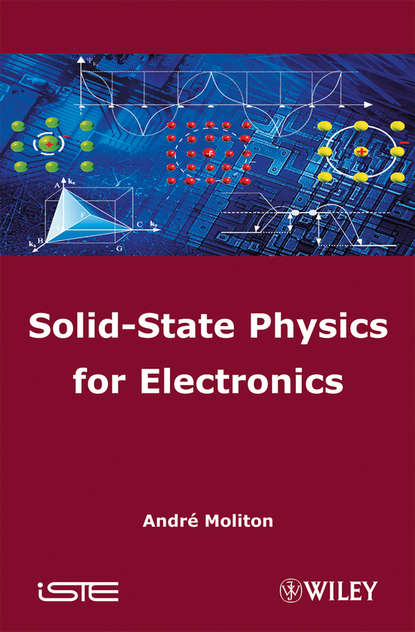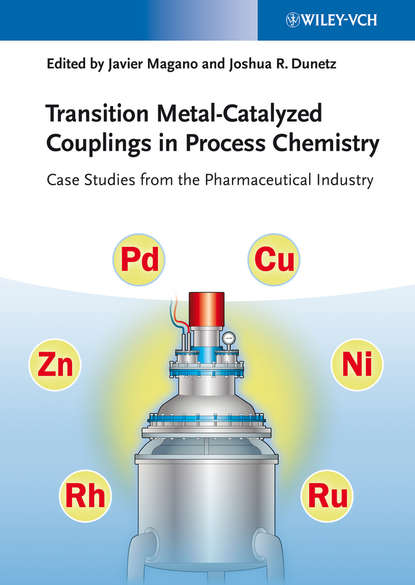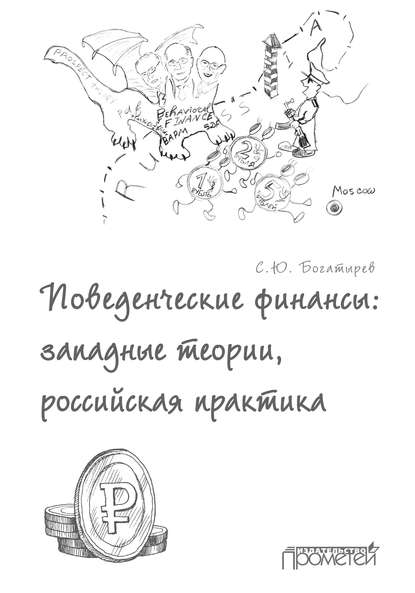Эта книга детально описывает фундаментальные физические свойства материалов, используемых в электронике, что позволит лучше понять технологические процессы, применяемые при изготовлении электронных и фотонных устройств. Книга начинается с введения в прикладную физику простых электронных состояний и энергетических уровней. В качестве примеров используются кремний и медь - основные материалы для производства многих электронных устройств. Далее рассматриваются более сложные теории для объяснения электронных и оптических свойств упорядоченных материалов, таких как алмаз, и неупорядоченных материалов, таких как аморфный кремний. Наконец, обсуждаются основные квазичастицы (фононы, поляроны, экситоны, плазмоны и поляритоны), фундаментальные для объяснения таких явлений, как старение компонентов (фононы), оптические характеристики (экситоны) и скорость передачи данных (поляроны).
This book describes the fundamental physical property of materials used on electronics and facilitate a better understanding on technological process used today on fabrication of electronic device. This describe the fundamental common on metal which was the most important part in any miracle built for today.
Written and compiled by Andre Moliton, this comprehensive text is a logical starting point for students discovering the world of solid-state physics. Here solid materials are described used in electrical engineering, and their surroundings processes on the fabrication electronic and optic devices are investigated.
Электронная Книга «Solid-State Physics for Electronics» написана автором Andre Moliton в году.
Минимальный возраст читателя: 0
Язык: Английский
ISBN: 9780470394120
Описание книги от Andre Moliton
Describing the fundamental physical properties of materials used in electronics, the thorough coverage of this book will facilitate an understanding of the technological processes used in the fabrication of electronic and photonic devices. The book opens with an introduction to the basic applied physics of simple electronic states and energy levels. Silicon and copper, the building blocks for many electronic devices, are used as examples. Next, more advanced theories are developed to better account for the electronic and optical behavior of ordered materials, such as diamond, and disordered materials, such as amorphous silicon. Finally, the principal quasi-particles (phonons, polarons, excitons, plasmons, and polaritons) that are fundamental to explaining phenomena such as component aging (phonons) and optical performance in terms of yield (excitons) or communication speed (polarons) are discussed.



















